Discover How Much You Really Remember About World War I
Dive into the depths of history, where the Great War unfolds, a monumental clash that redefined world borders and philosophies. From the assassination of Franz Ferdinand sparking the onset in 1914 to the pivotal armistice in 1918, this global conflict saw the Triple Alliance and the Triple Entente in a fierce struggle.
Test your knowledge on the events and aftermath of one of history’s most significant battles. How well do you know WWI? Let’s find out!
1. Who shot Archduke Franz Ferdinand and his wife Sophie on 28 June 1914?
- A) Muhamed Mehmedbašić
- B) Gavrilo Princip
- C) Trifko Grabež
- D) Vaso Čubrilović
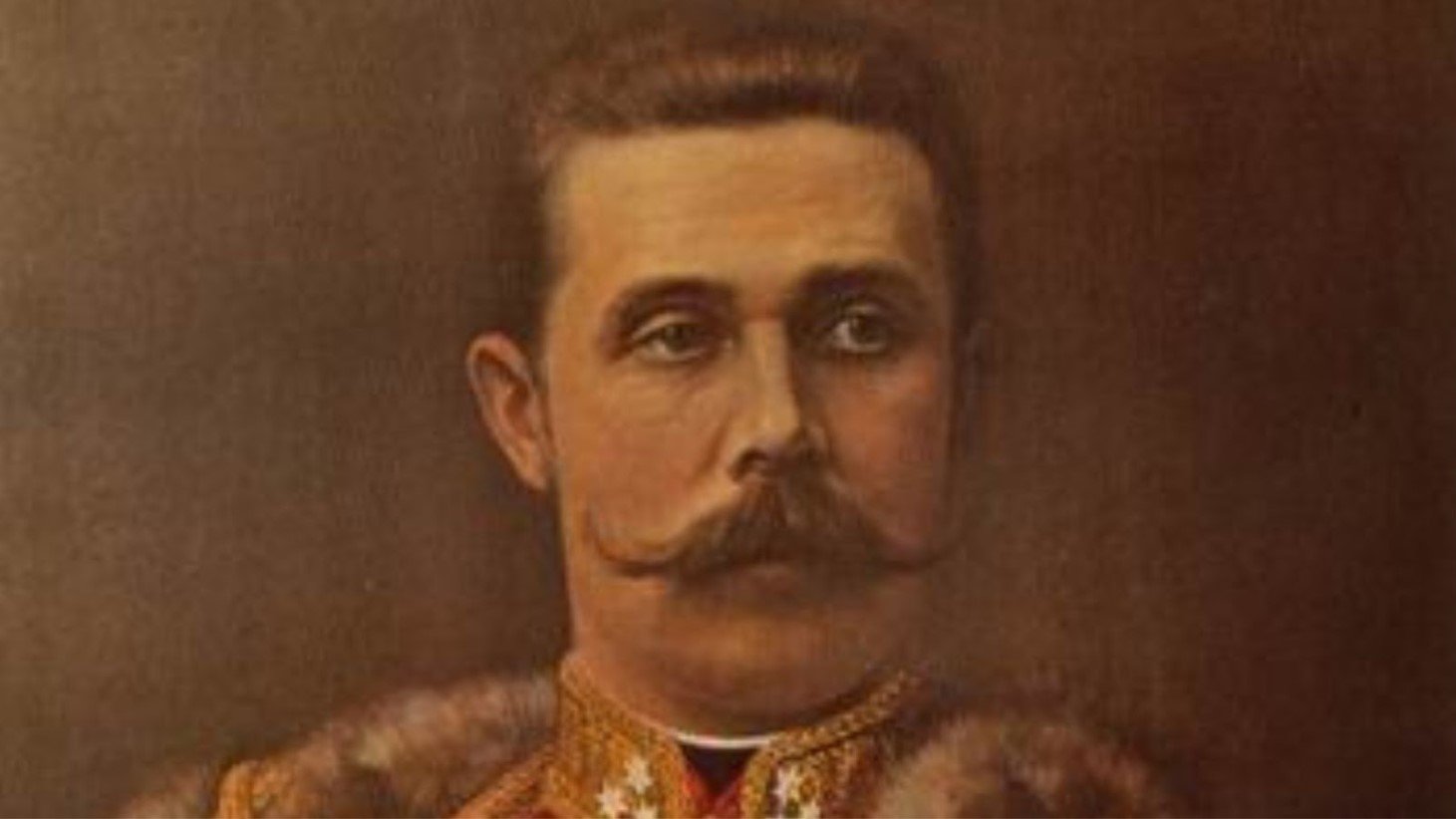
Source: Wikimedia Commons
Answer:
B) Gavrilo Princip
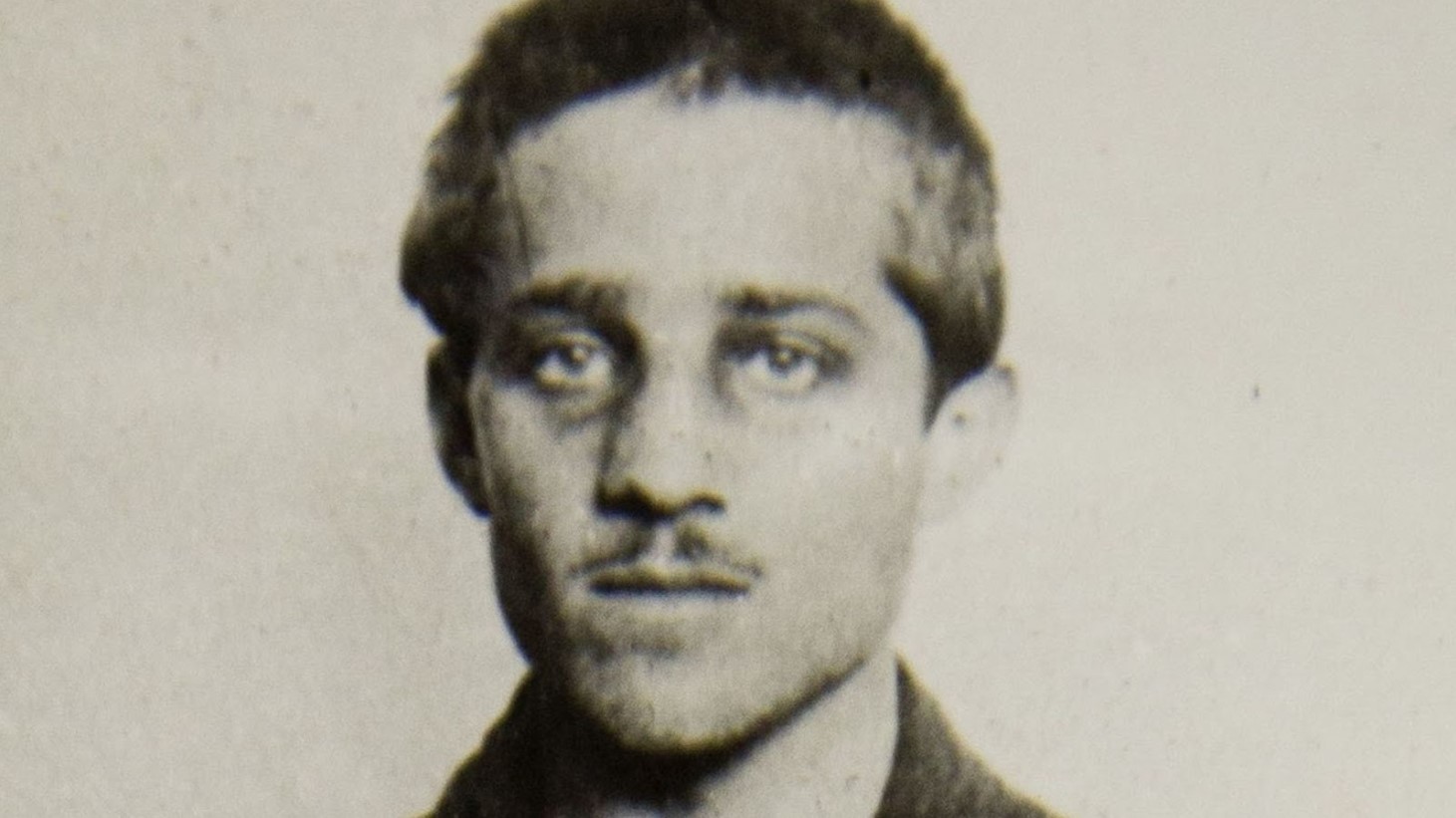
Source: Wikimedia Commons
2. What caused Great Britain to join World War I?
- A) German bombing raids on London
- B) Germans sinking British ships
- C) Germany using illegal chemical weapons
- D) German troops marching through Belgium
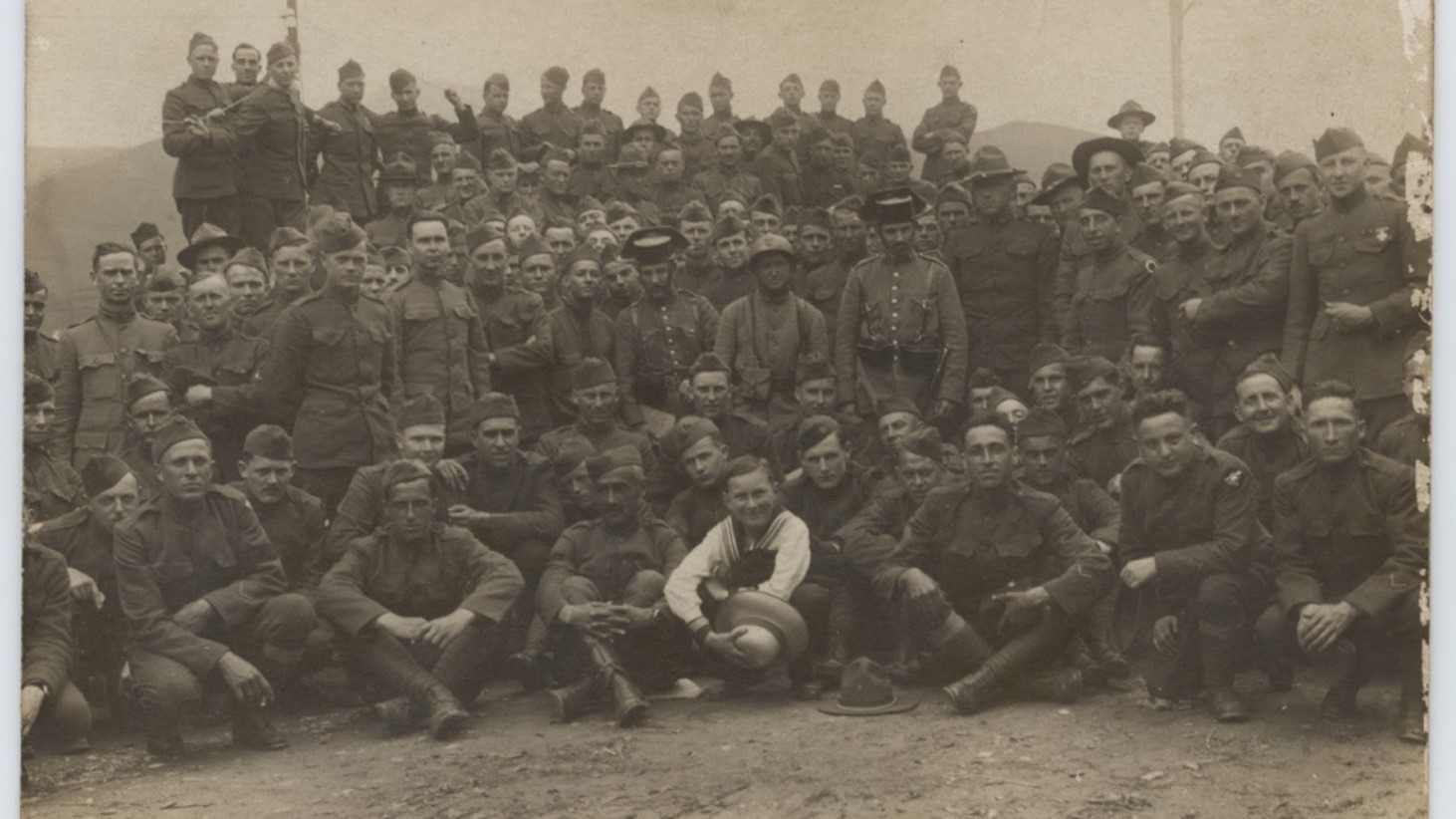
Source: Wikimedia Commons
Answer:
D) German troops marching through Belgium caused Britain to join WW1, because Great Britain had agreed to defend Belgium under the Treaty of London of 1839.
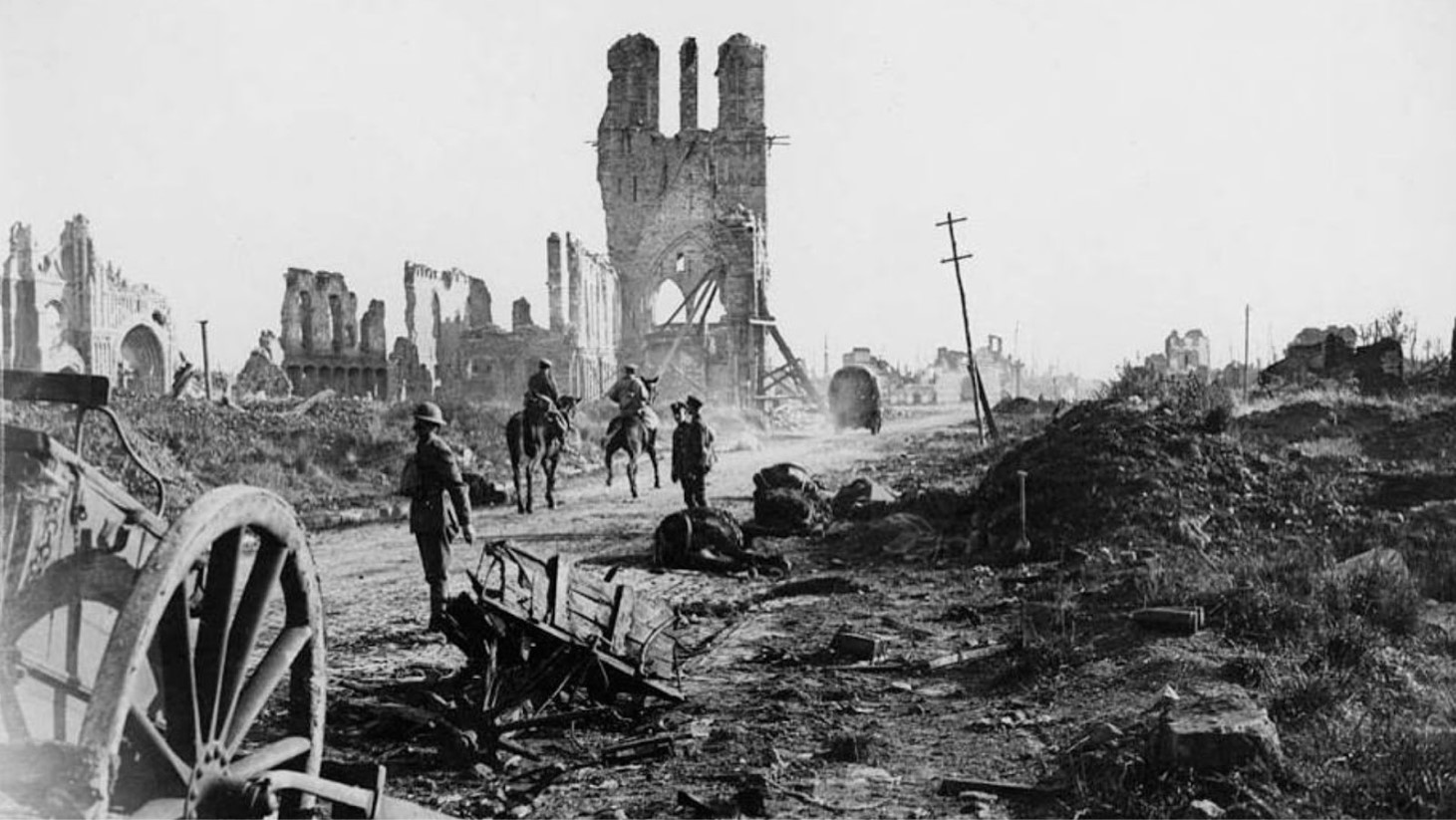
Source: Wikimedia Commons
3. How were aircraft mainly used at the beginning of World War I?
- A) Locating targets for artillery
- B) Making bomb runs
- C) Making supply drops
- D) Transporting paratroopers
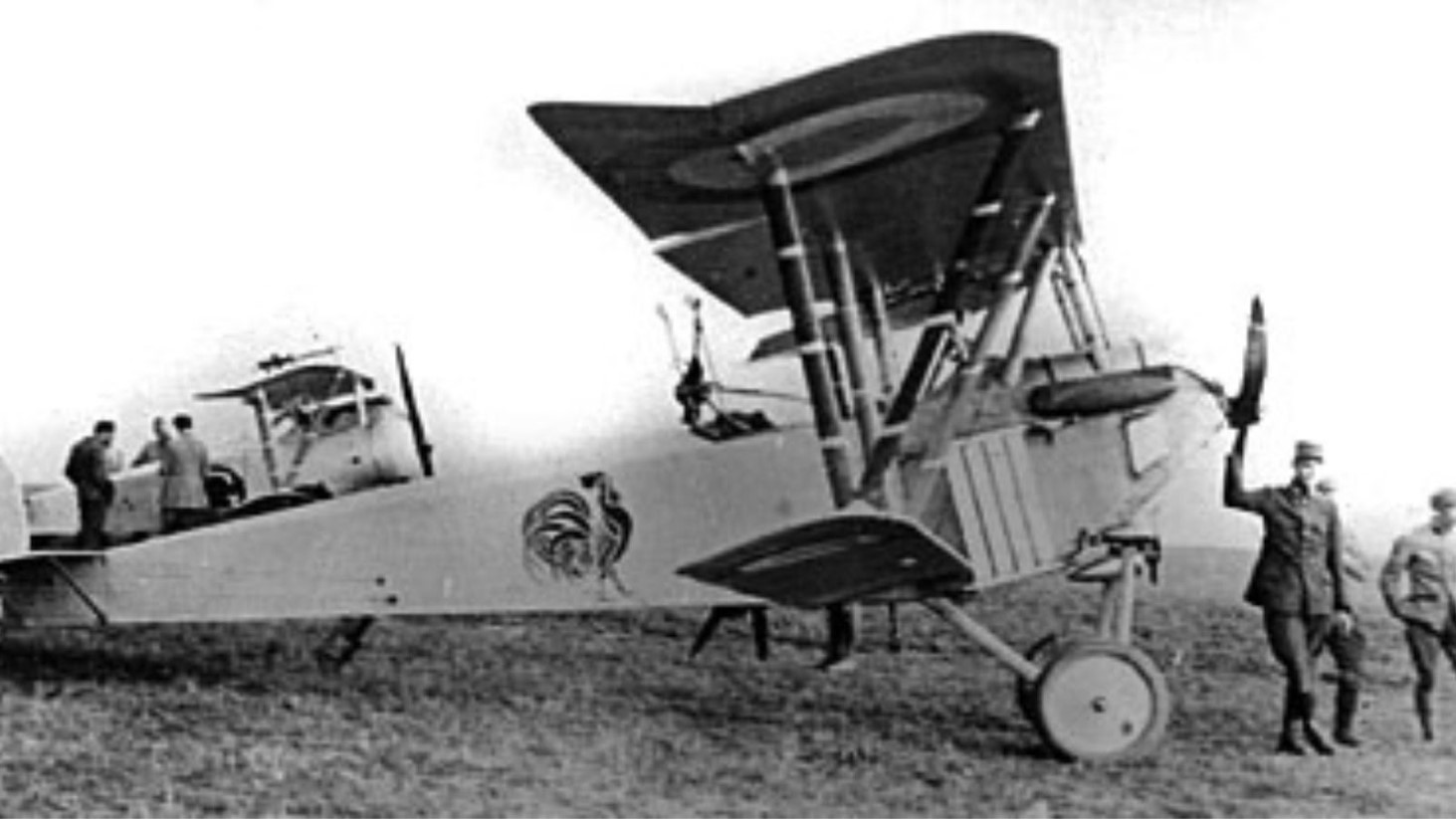
Source: Wikimedia Commons
Answer
A) Locating targets for artillery
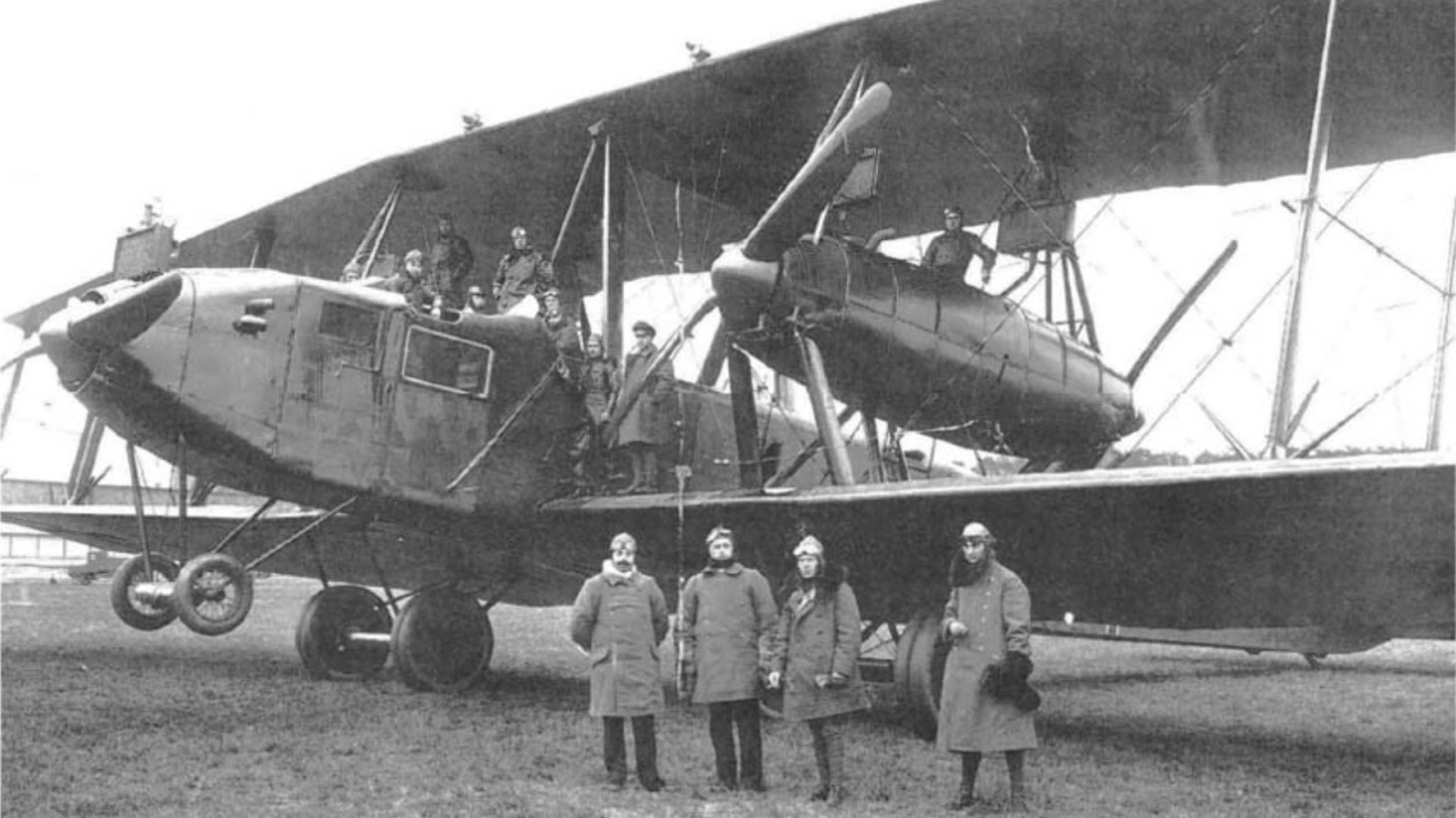
Source: Wikimedia Commons
4. Which secret plan splitting the Ottoman lands between the British and French was revealed to the world by Russia's new Bolshevik government, leading both countries to be embarrassed?
- A) The Balfour Declaration
- B) Treaty of Brest-Litovsk
- C) The Sykes-Picot Agreement
- D) Treaty of Sevres
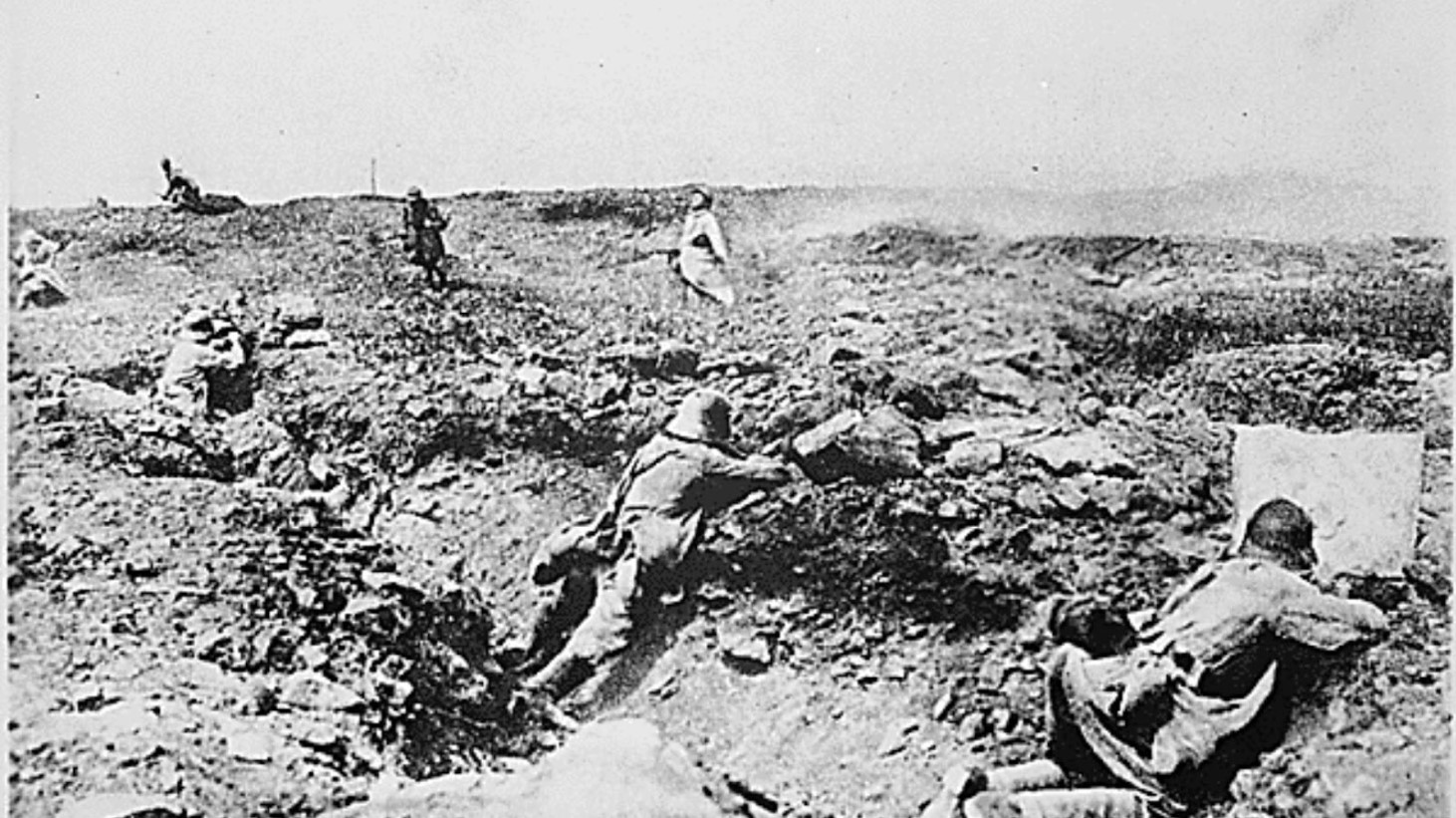
Source: Wikimedia Commons
Answer:
C) The Sykes-Picot Agreement
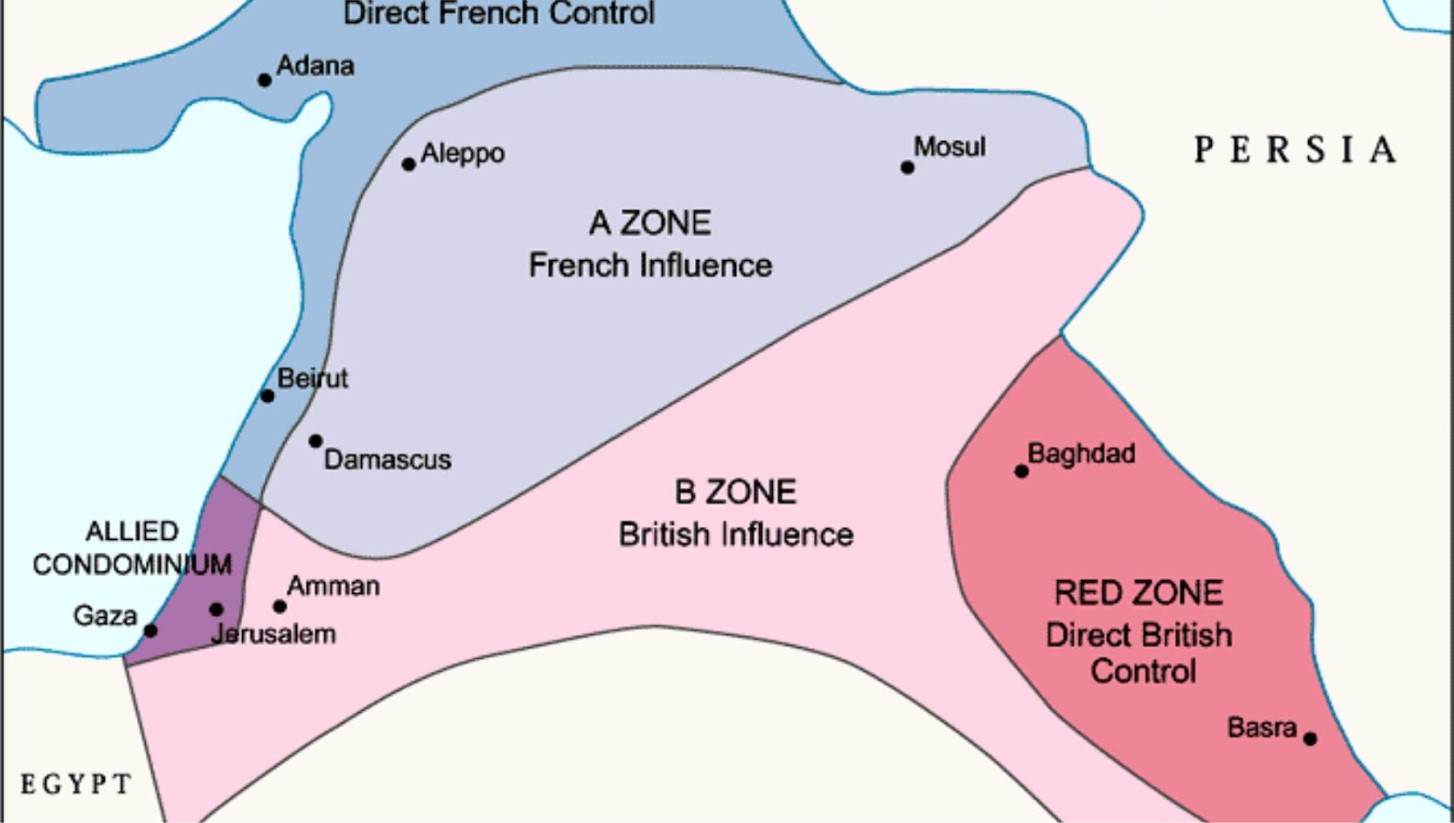
Source: Wikimedia Commons
5. On the Western Front, trenches were dug in which way?
- A) In circles
- B) In semicircles
- C) In straight lines
- D) In zigzag lines

Source: Wikimedia Commons
Answer:
D) Trenches were dug in zigzag patterns to ensure that if enemy soldiers infiltrated a trench they could not shoot along its entire length
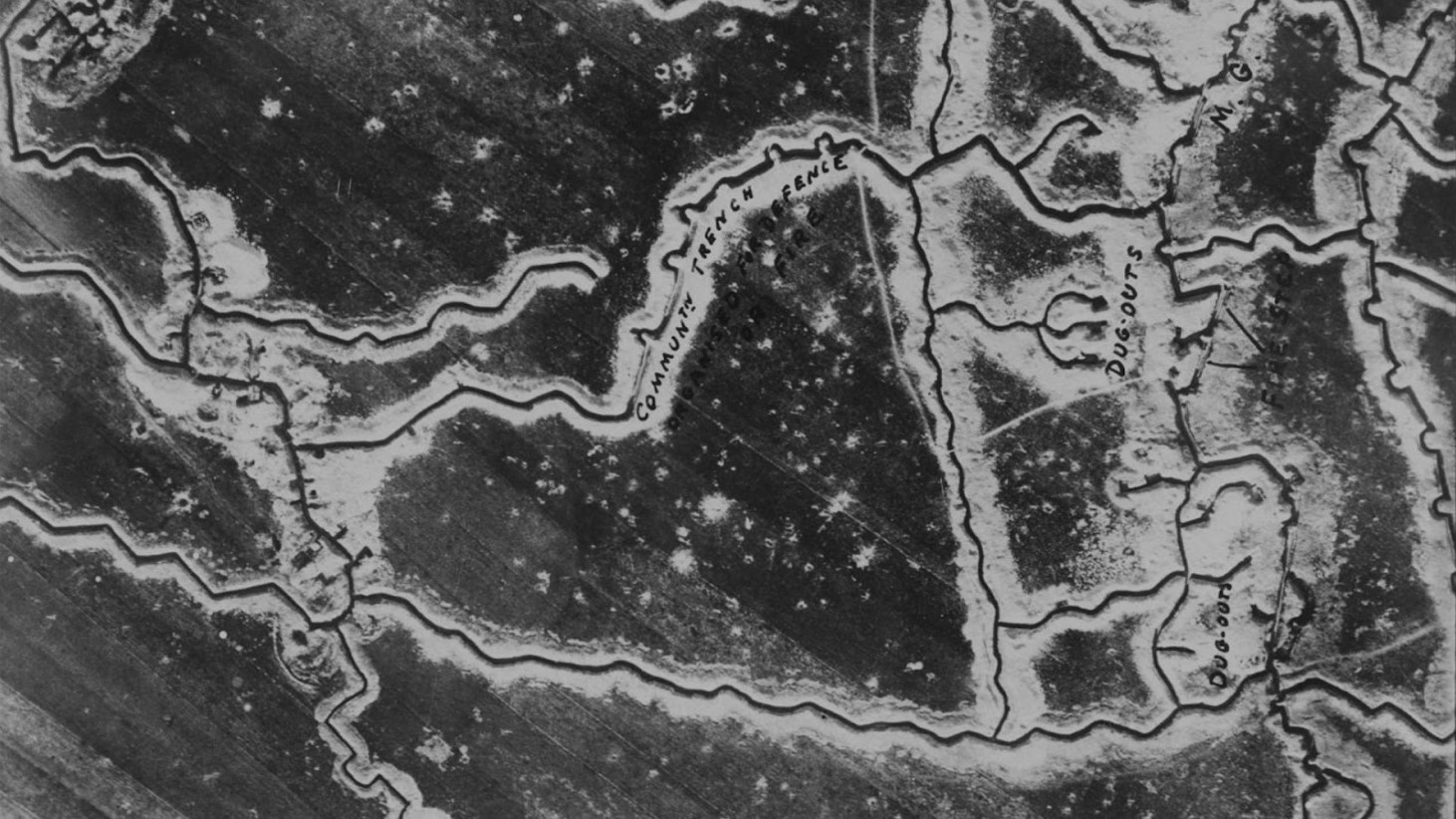
Source: Wikimedia Commons
6. Which general led the American Expeditionary Force on the western front?
- A) John J Pershing
- B) George C Marshall
- C) George S Patton
- D) John D Reynolds
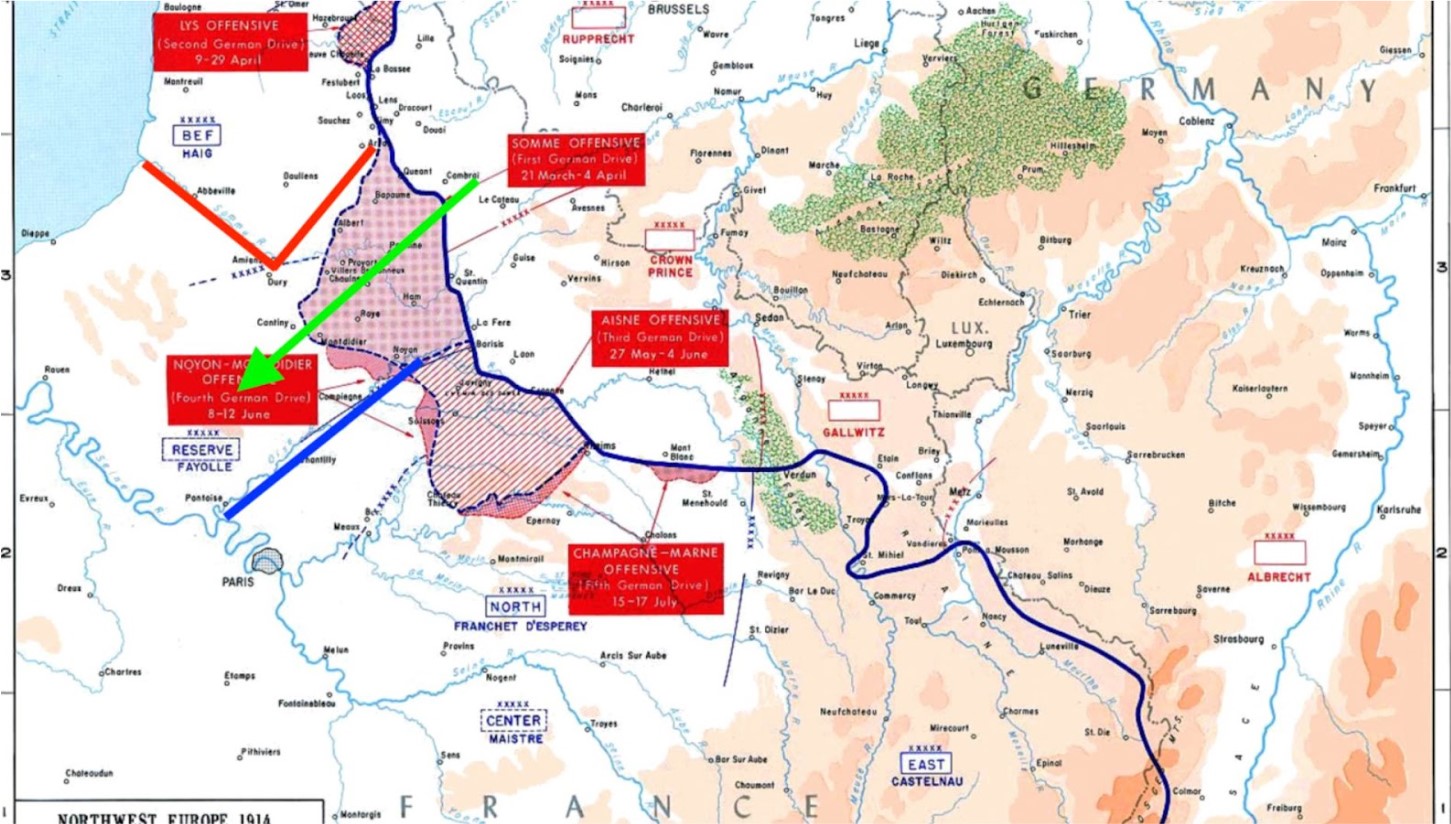
Source: Wikimedia Commons
Answer:
A) John J Pershing
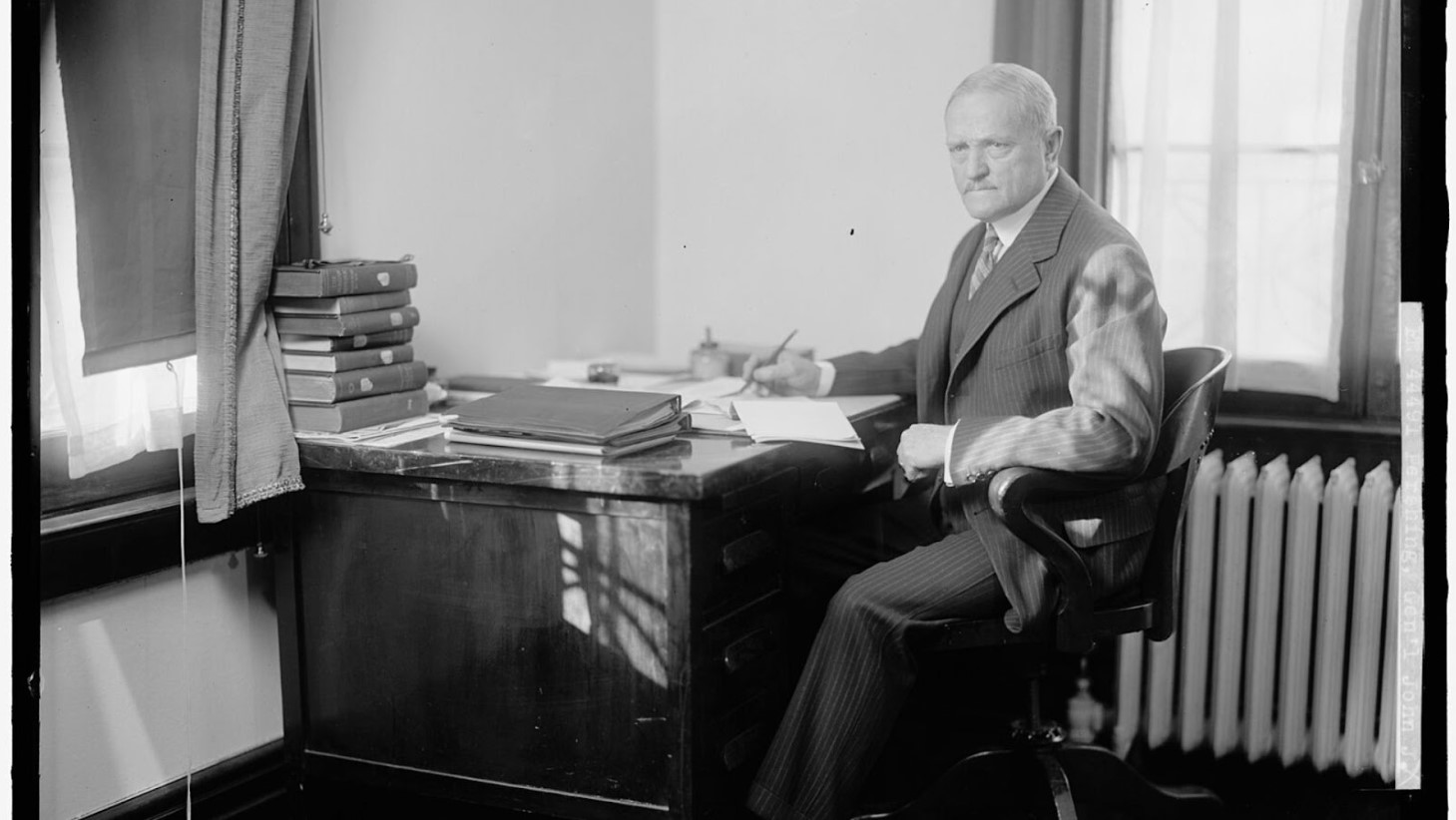
Source: Wikimedia Commons
7. Which animals were commonly used to carry messages during World War I?
- A) Dogs
- B) Donkeys
- C) Pigeons
- D) Cats
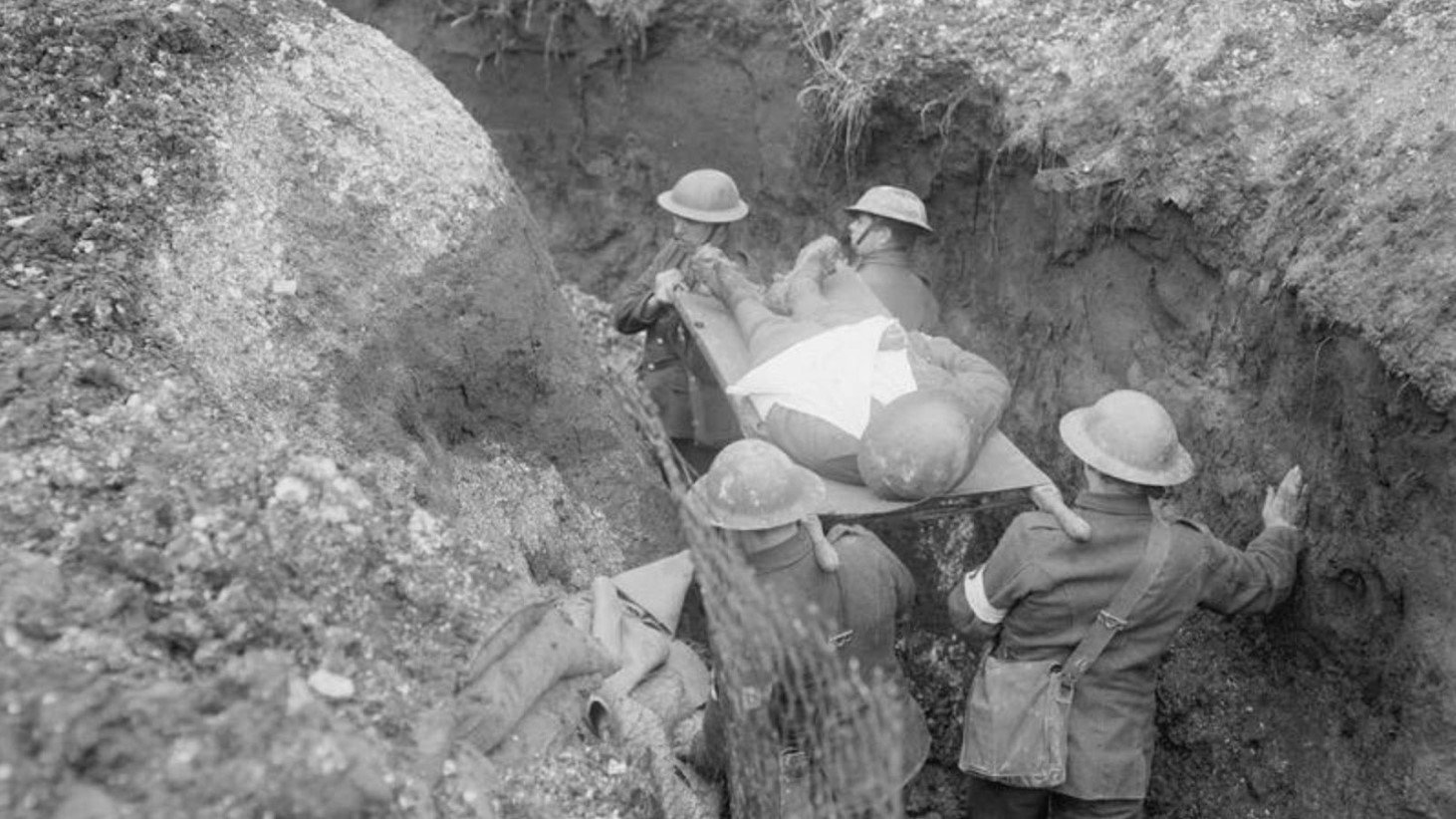
Source: Wikimedia Commons
Answer:
C) Pigeons were commonly used as a result of the unreliability of radio communications at the time
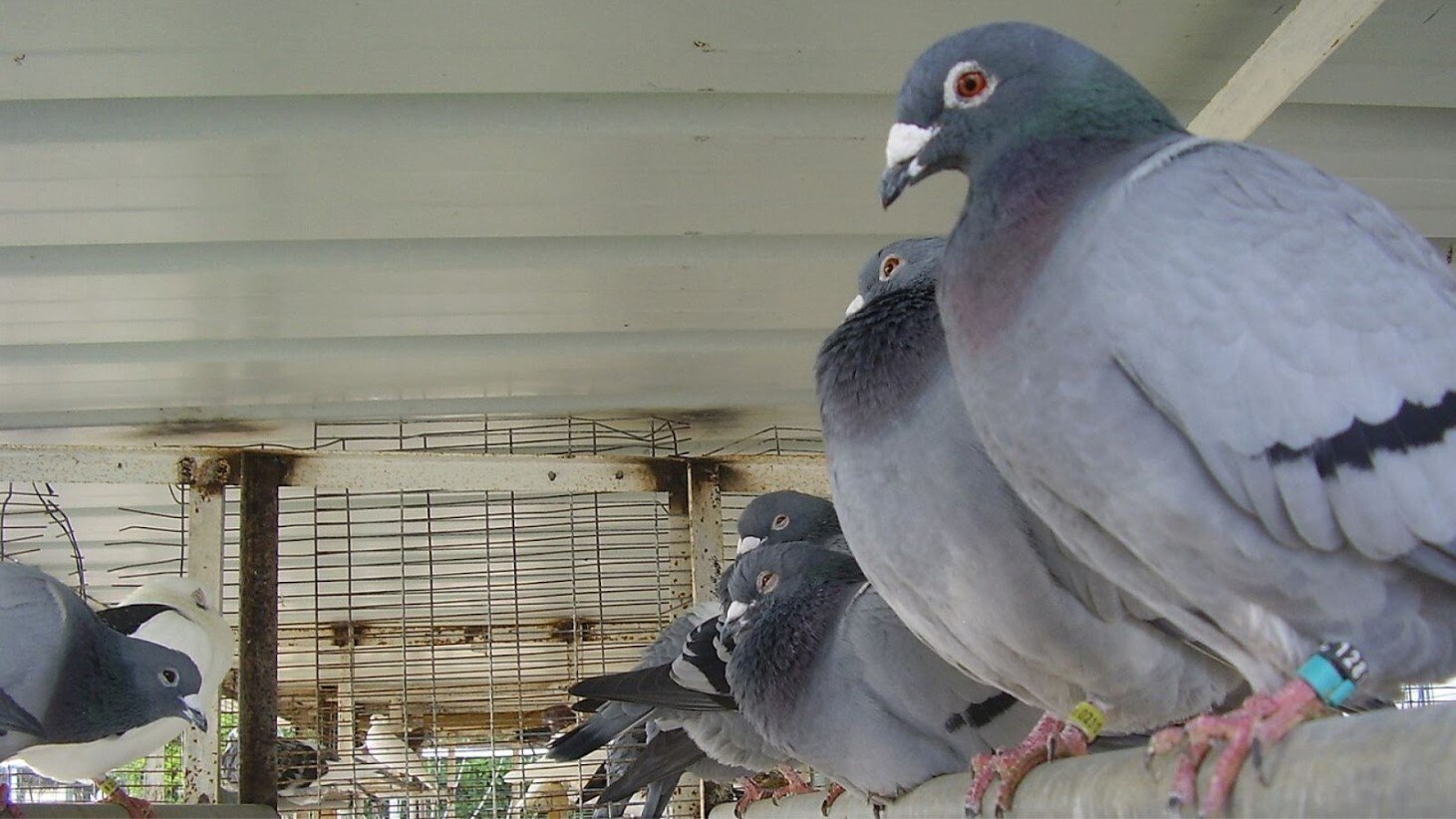
Source: Wikimedia Commons
8. World War I-style trench warfare came to an end thanks to which of these inventions?
- A) Tanks
- B) Machine guns
- C) Mustard gas
- D) Barbed wire
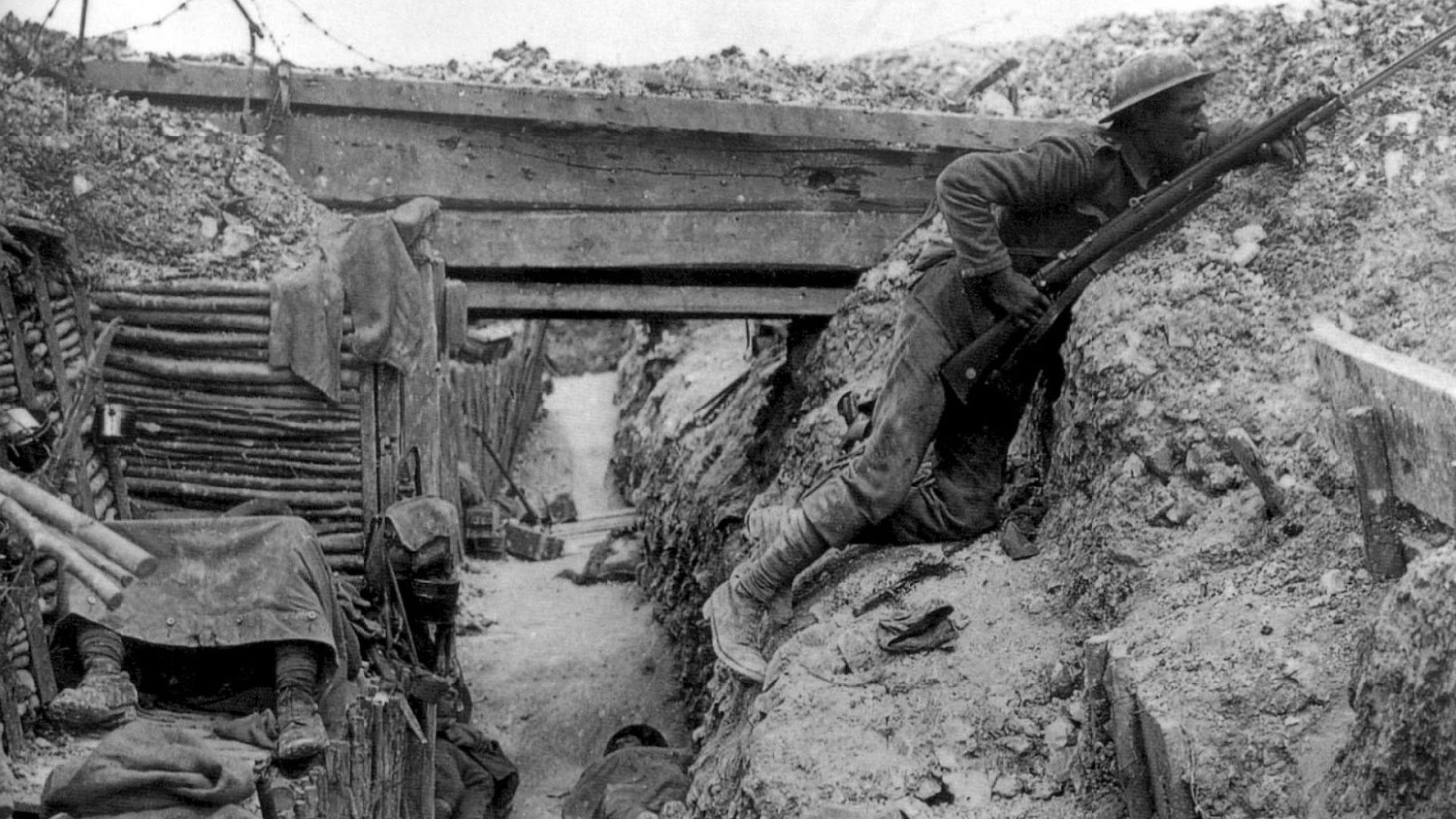
Source: Wikimedia Commons
Answer:
A) Tanks
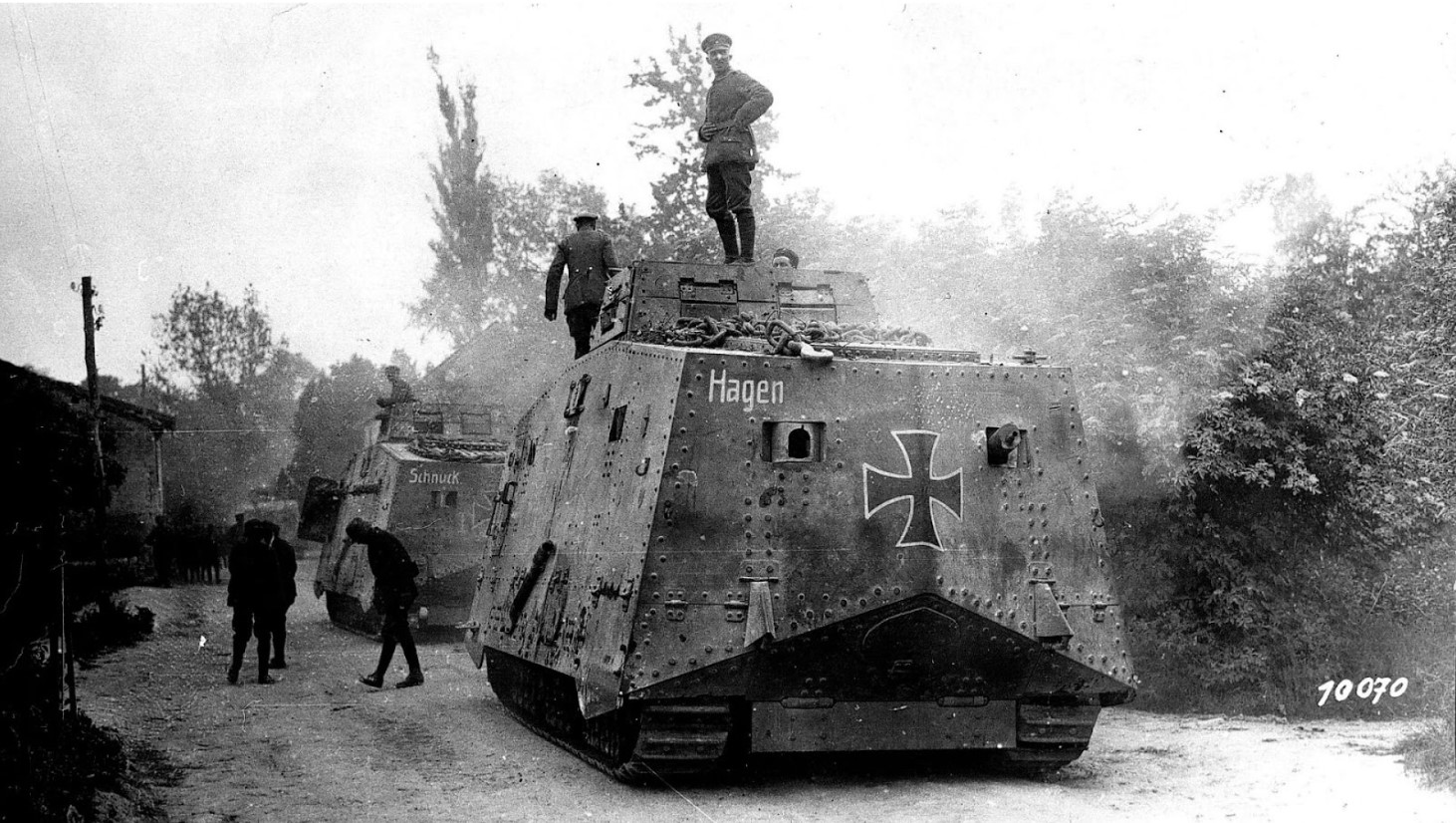
Source: Wikimedia Commons
9. Whose face appears on the "Wants You!" poster designed to encourage people to sign up for World War I?
- A) Winston Churchill
- B) Lord Kitchener
- C) David Lloyd George
- D) Field Marshal Haig
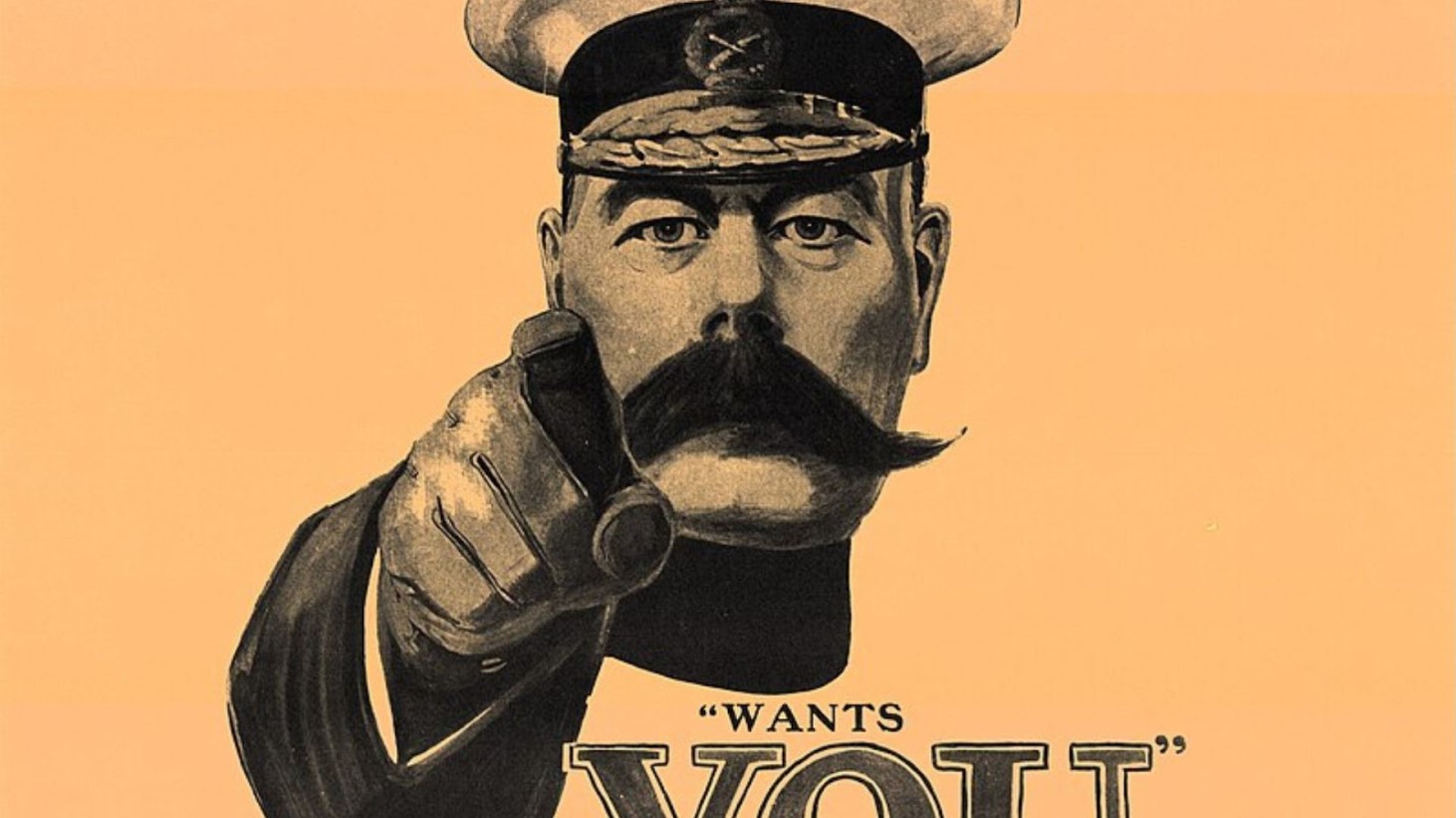
Source: Wikimedia Commons
Answer:
B) Lord Kitchener, the new minister for war was featured on the poster

Source: Wikimedia Commons
10. Which of the following is true about the Battle of Verdun, one of the bloodiest battles of World War I?
- A) It was the first battle to use tanks
- B) It was the last battle before German surrender
- C) It was the first European battle fought by U.S. soldiers
- D) It was the longest battle in modern warfare
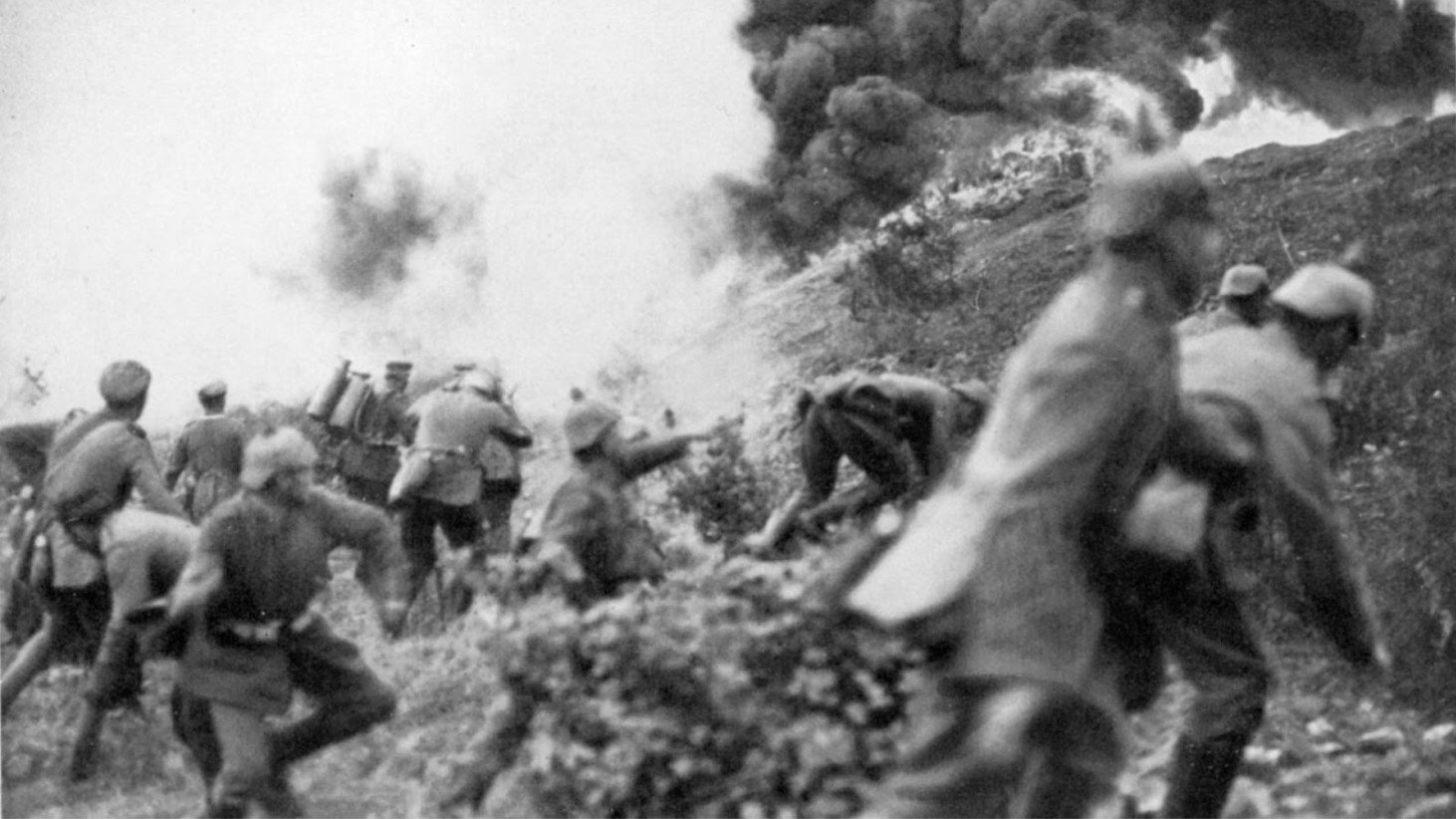
Source: Wikimedia Commons
Answer:
D) It was the longest battle in modern warfare, lasting 300 days
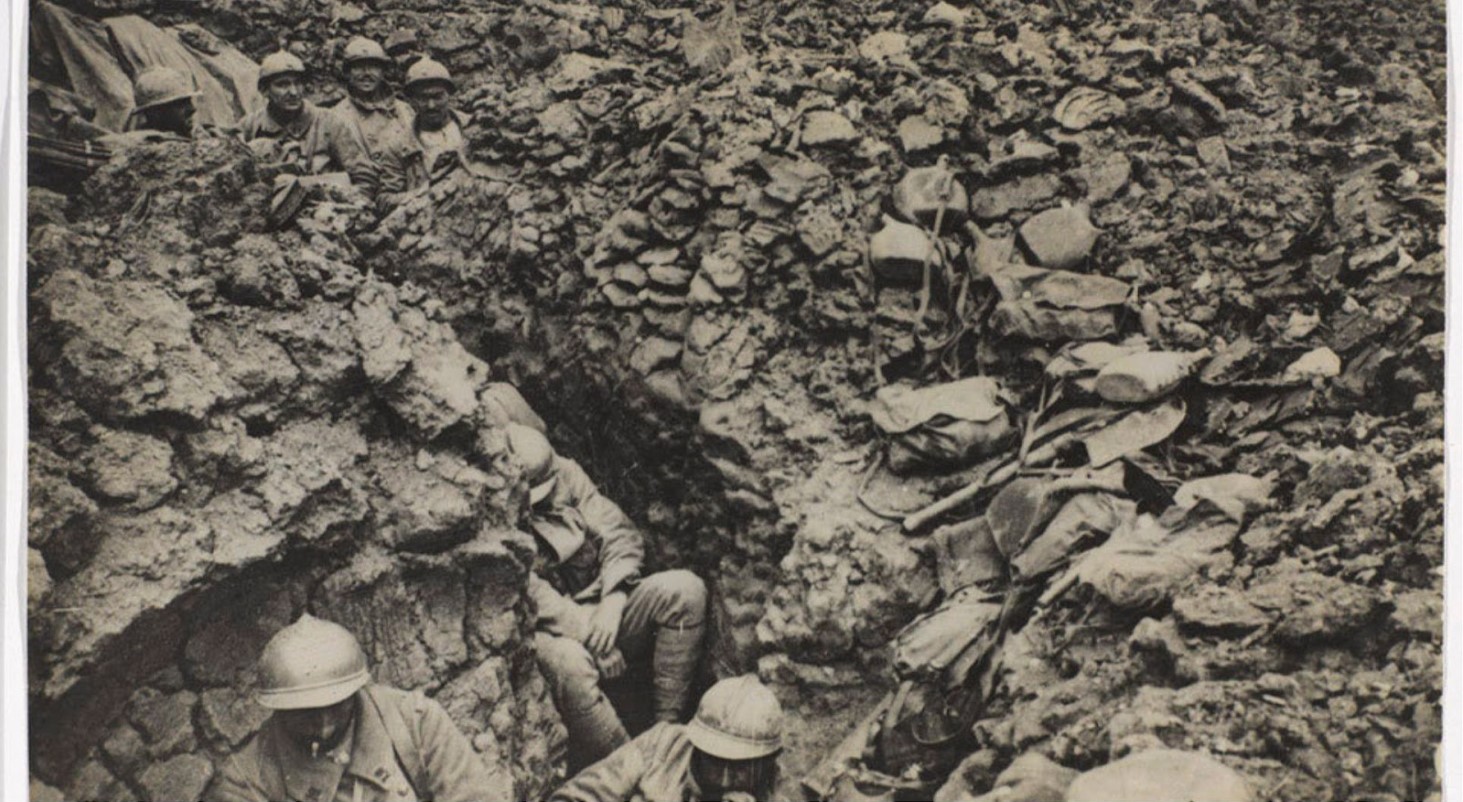
Source: Wikimedia Commons
11. Which infamous communication finally brought the USA into the war?
- A) The Zimmermann Telegram
- B) The Zinoviev Letter
- C) The Treaty of Trianon
- D) The Arthur Letter
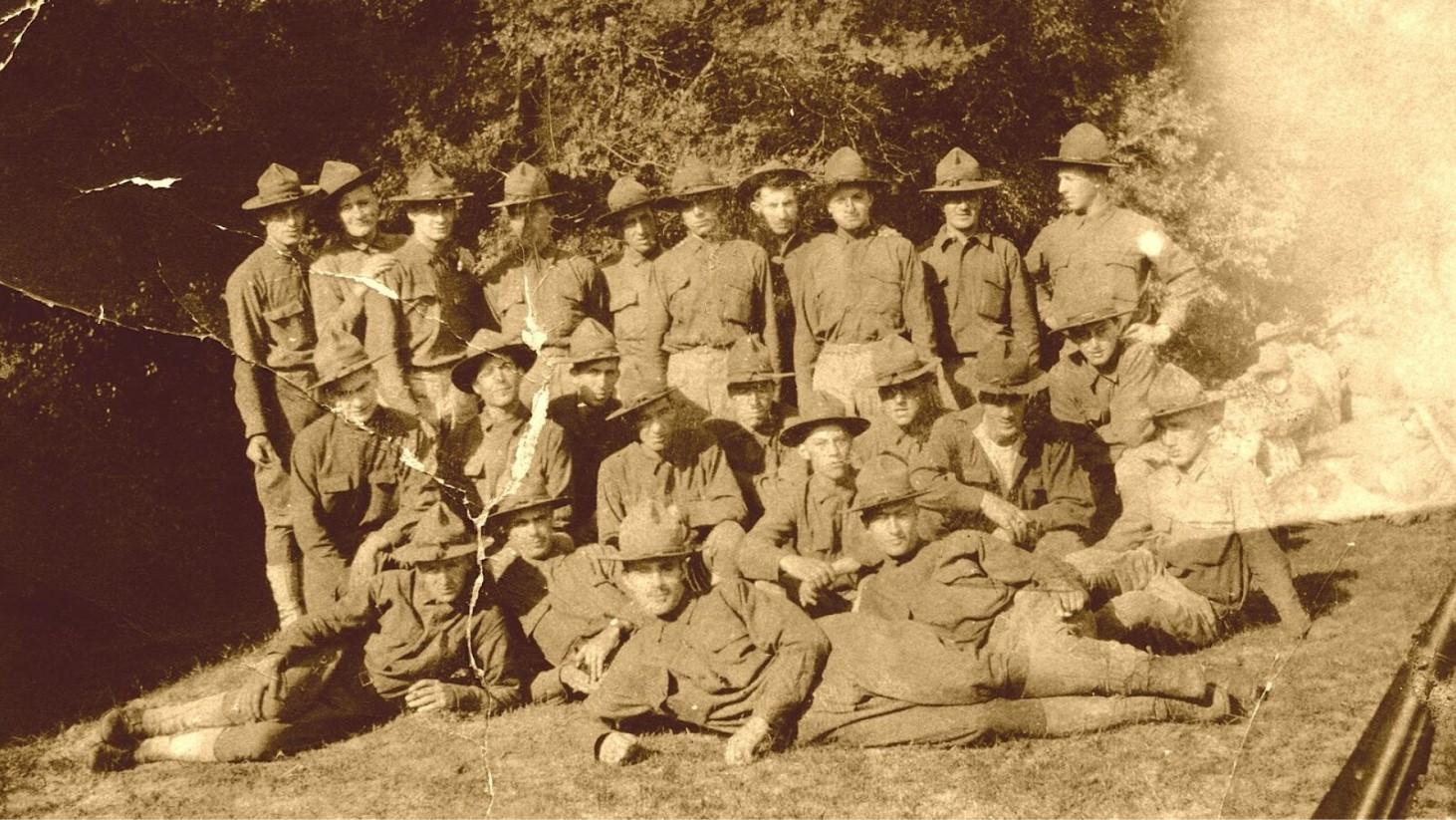
Source: Wikimedia Commons
Answer:
A) It was the Zimmermann Telegram, which encouraged Mexico to take military action against the USA.
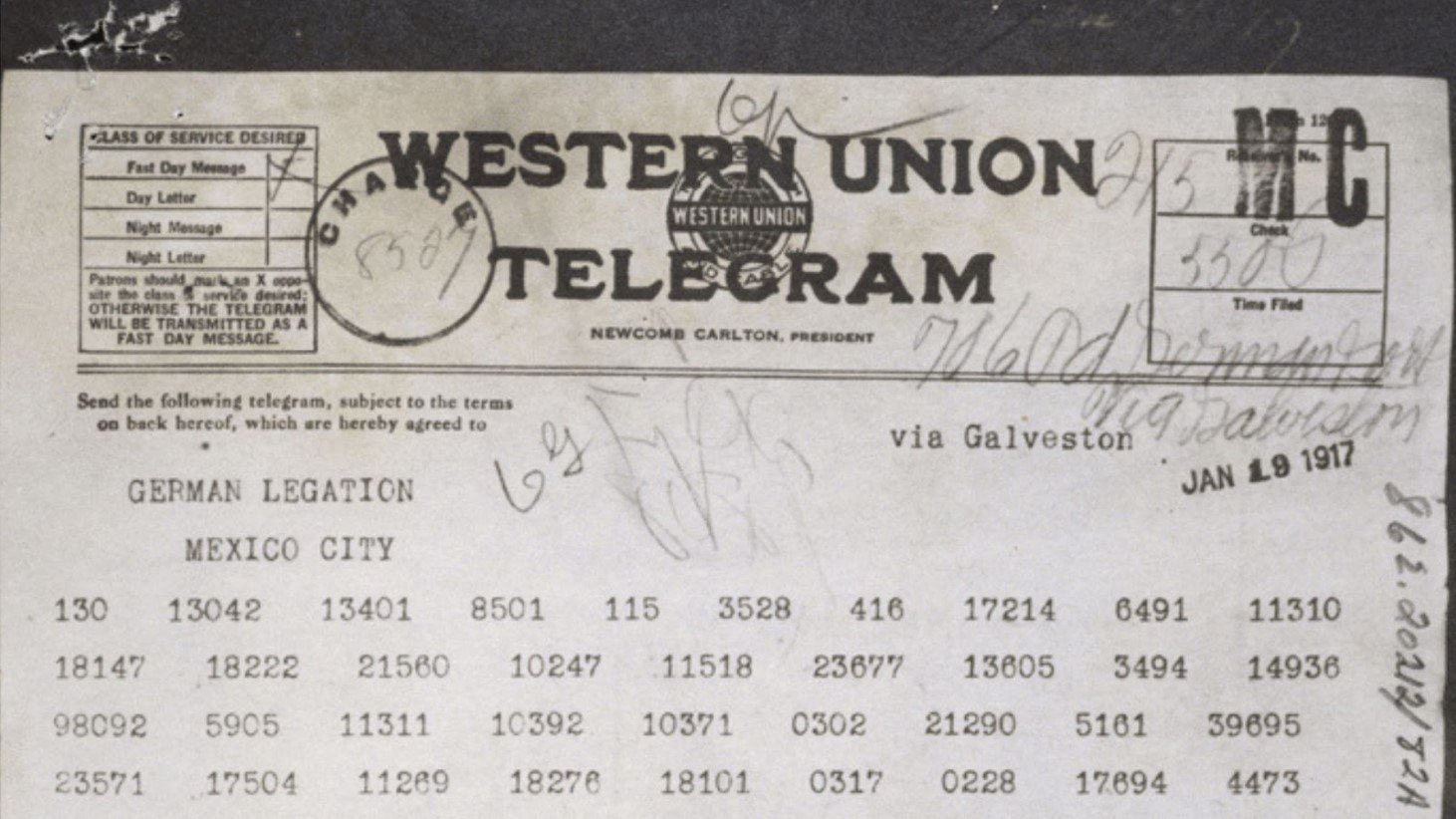
Source: Wikimedia Commons
12. Why did Russia stop fighting World War I?
- A) Communist takeover
- B) They had achieved everything they wanted
- C) Germany paid them
- D) Ammunition shortage
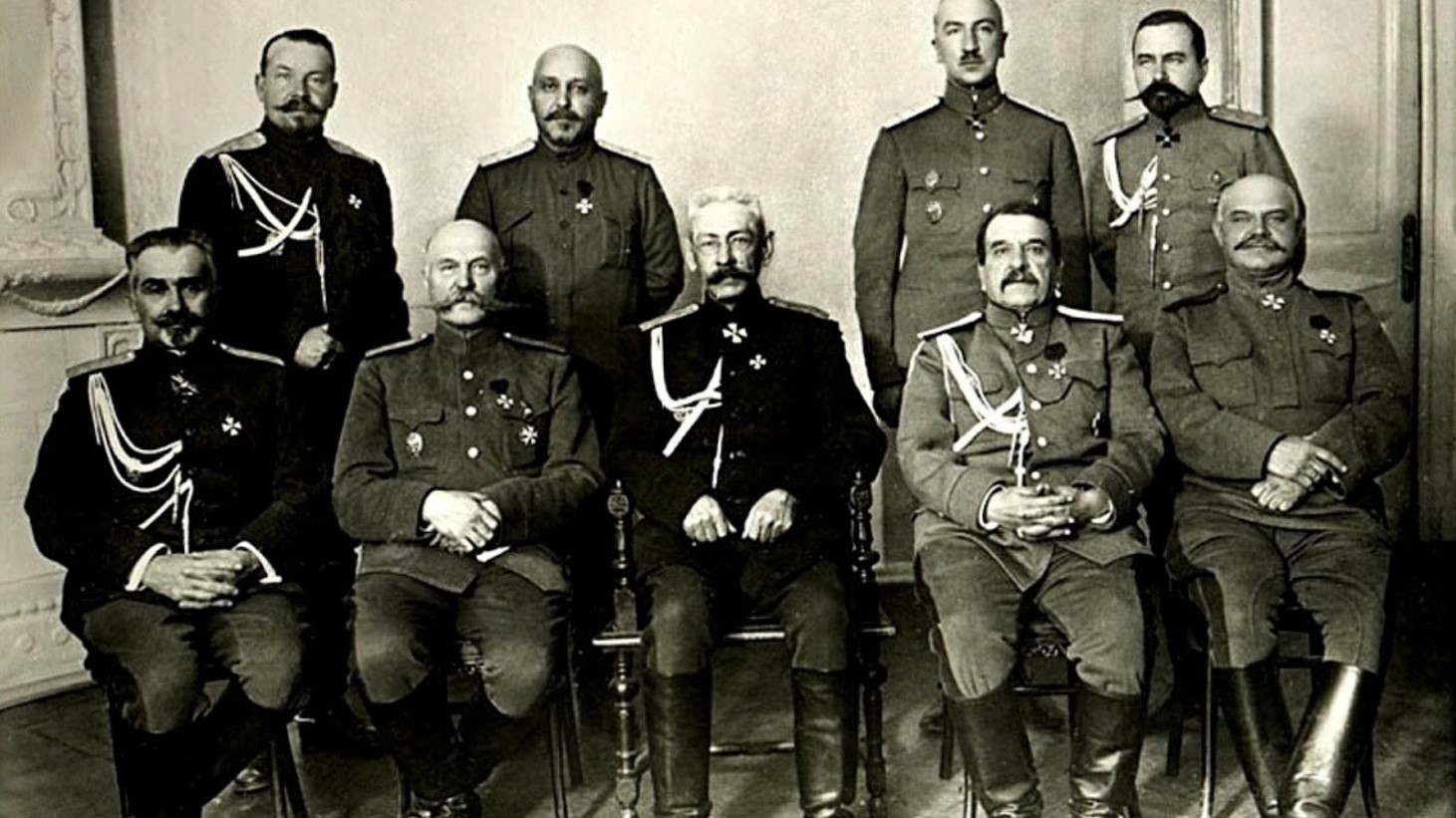
Source: Wikimedia Commons
Answer:
A) Communist takeover
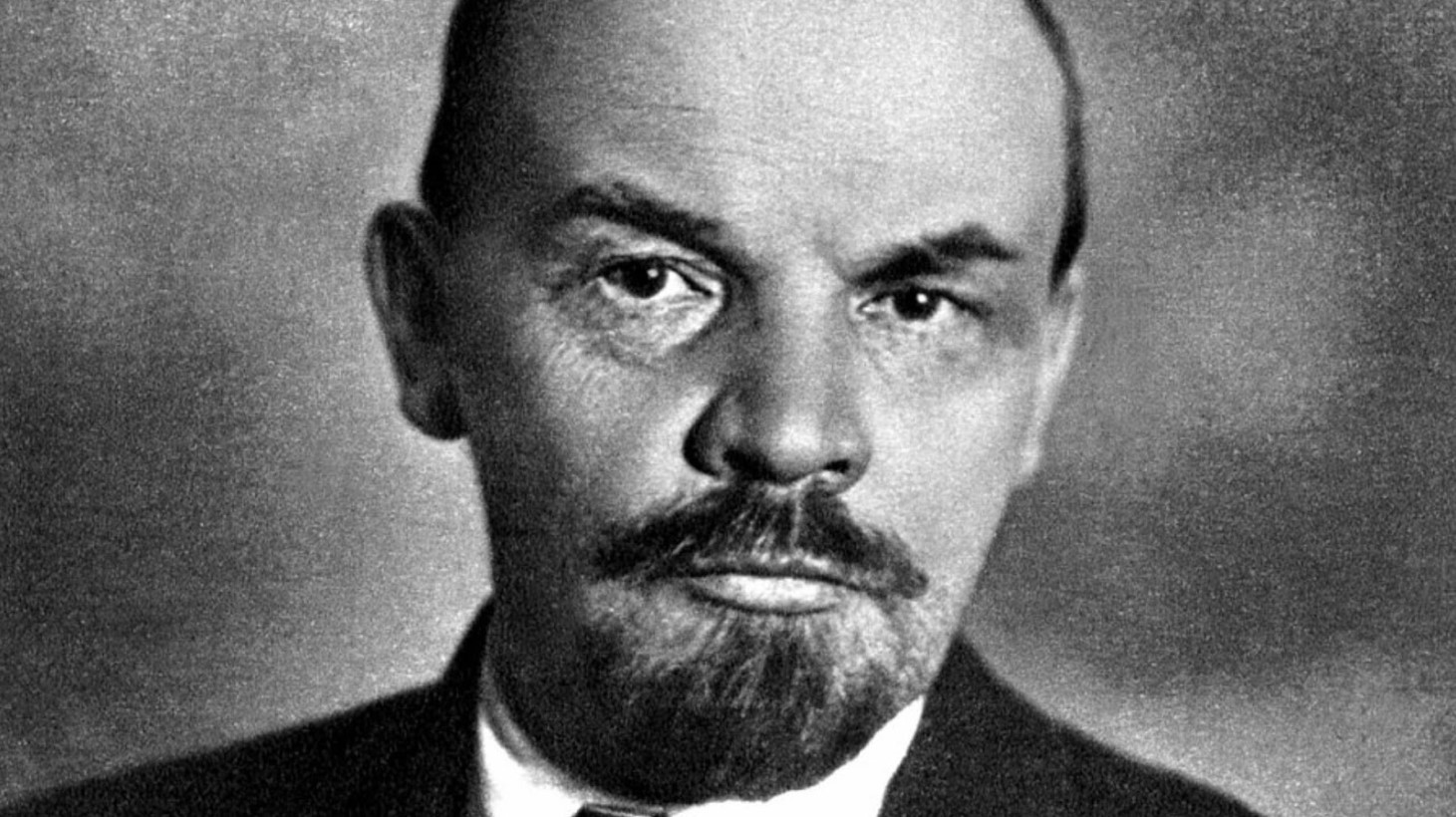
Source: Wikimedia Commons
13. Which nickname was given to U.S. infantrymen?
- A) Doughboys
- B) Tommies
- C) Alleymen
- D) Jerries
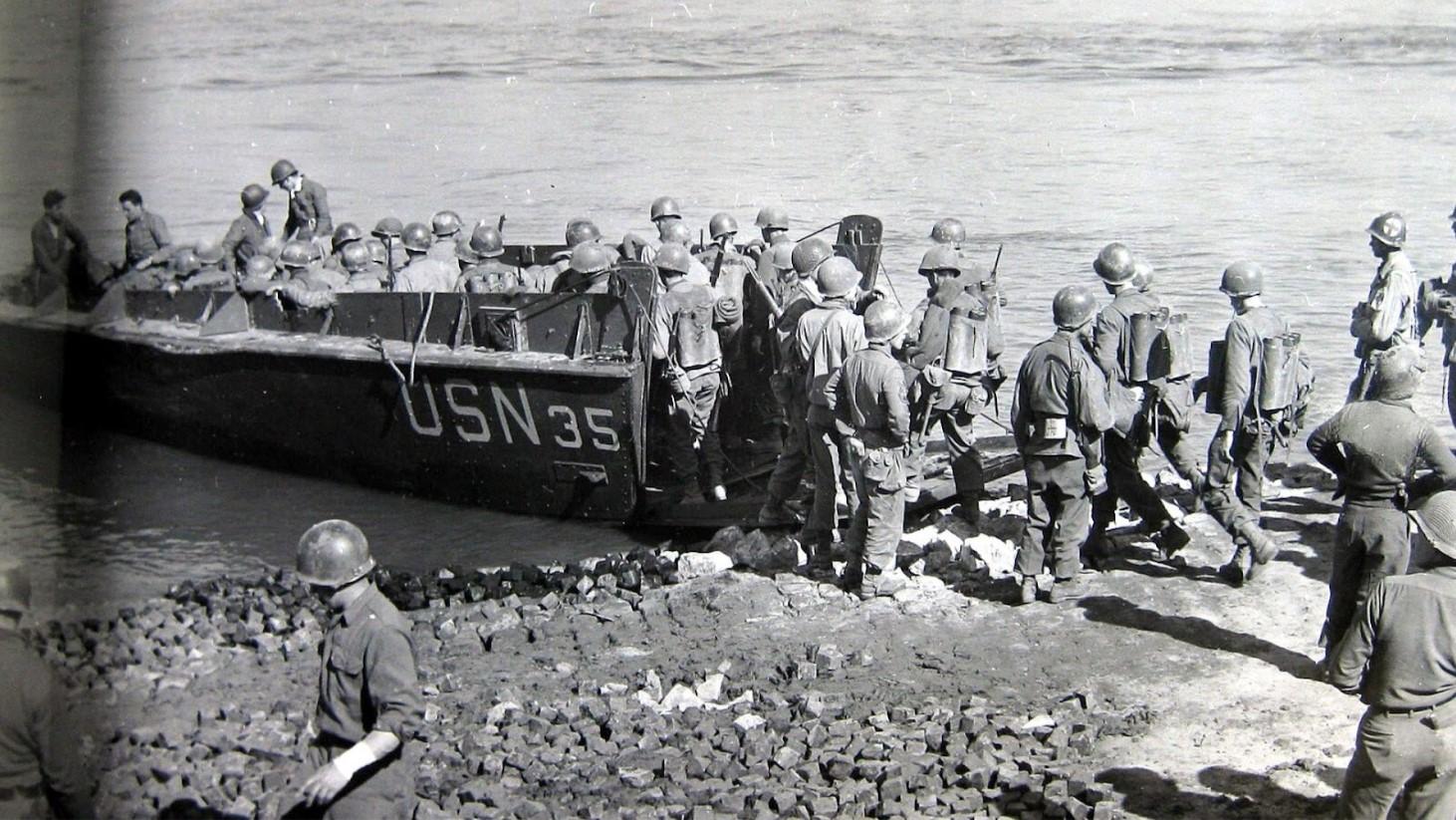
Source: Wikimedia Commons
Answer:
A) European soldiers called their American counterparts “Yanks” or “Sammies,” but the U.S. infantrymen called themselves “doughboys’, a nickname which caught on
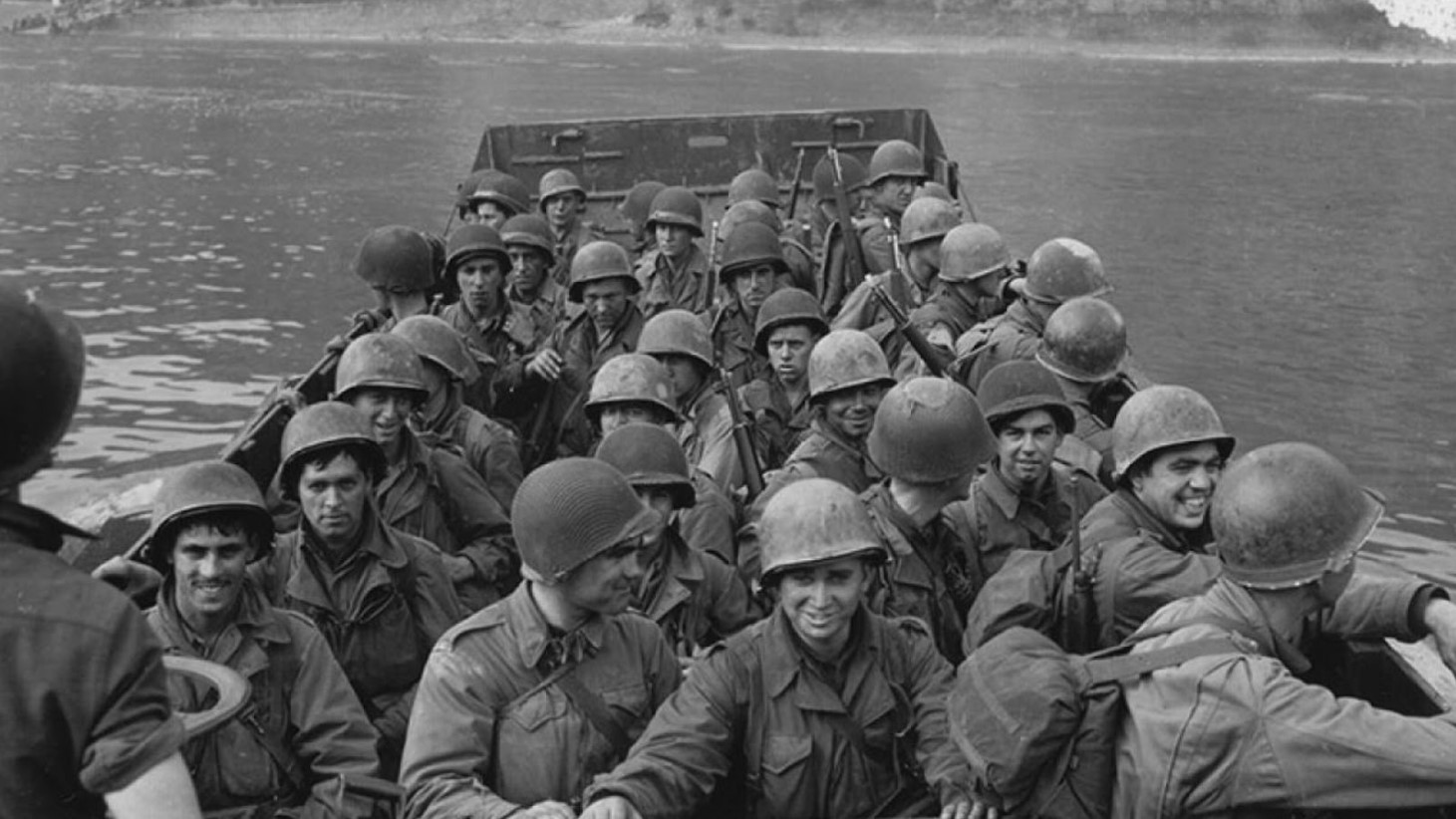
Source: Wikimedia Commons
14. According to the legend, how did the soldiers of the Paris garrison get to the battle of the Marne in September 1914?
- A) Trains
- B) Taxis
- C) Bicycles
- D) Buses
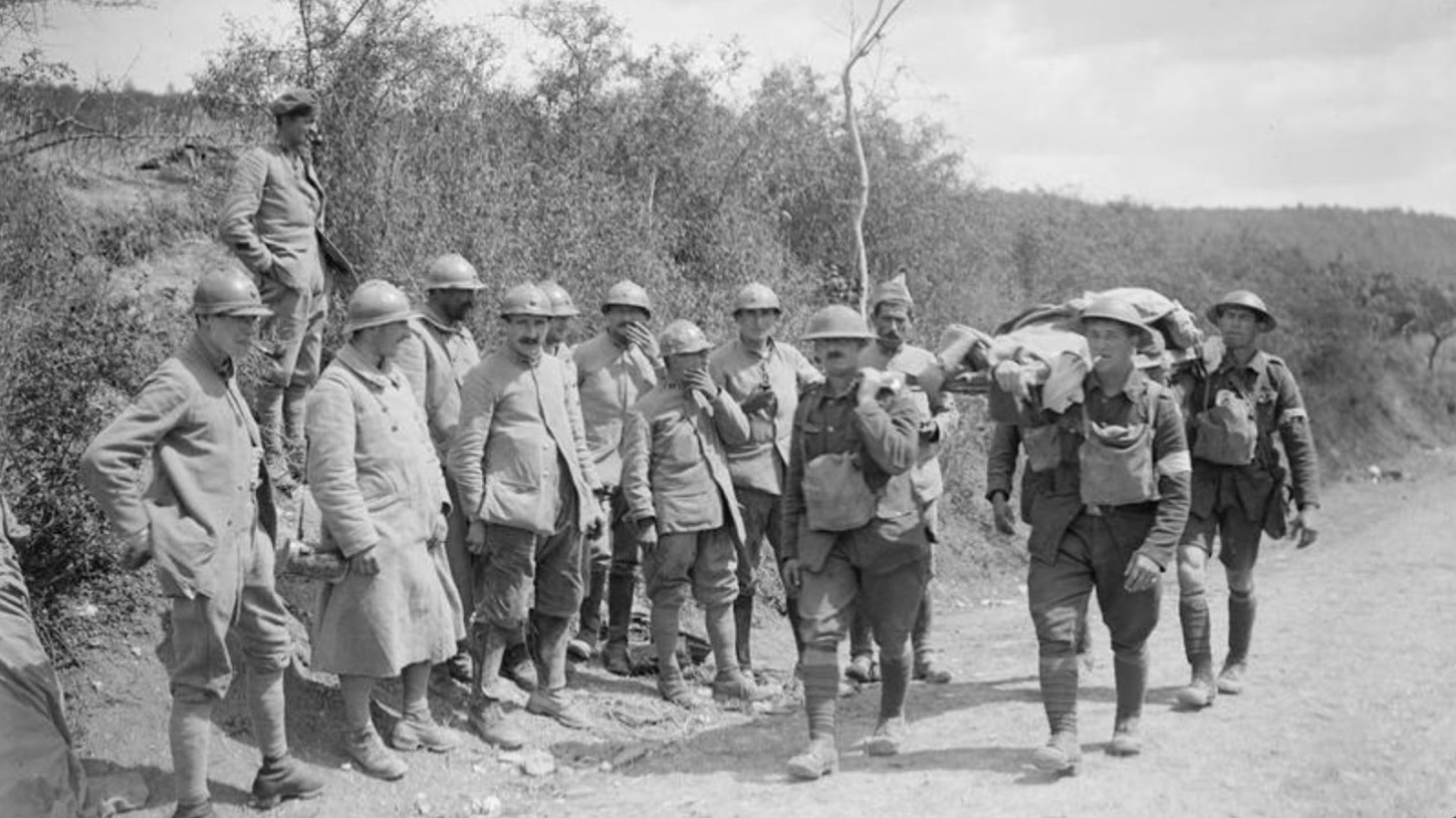
Source: Wikimedia Commons
Answer:
B) Taxis
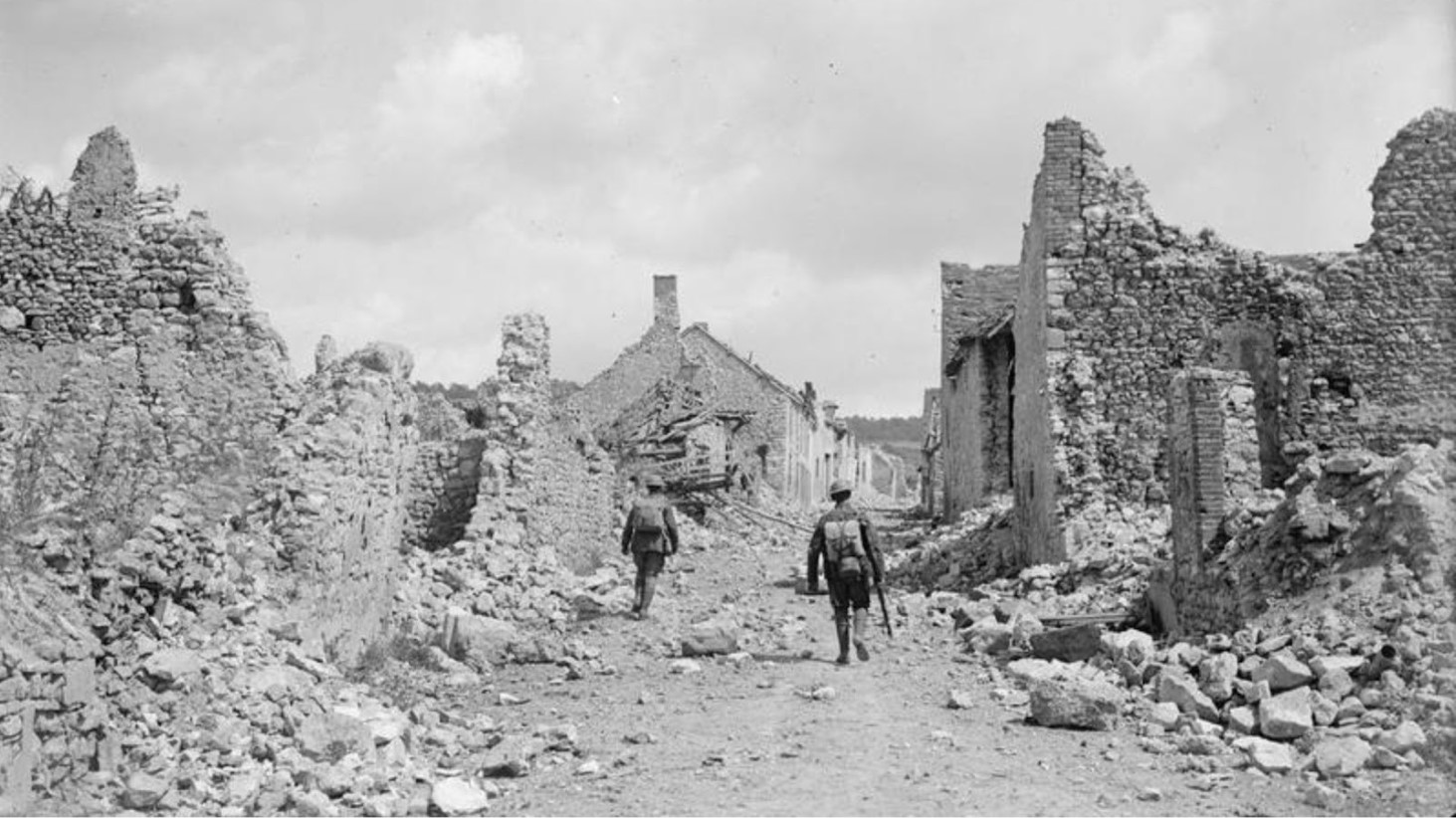
Source: Wikimedia Commons
15. Before rising to prominence as Britain's Prime Minister in World War II, what role did Winston Churchill play in World War I?
- A) Developed chemical weapons
- B) Fought as an infantryman
- C) Sat out as a conscientious objector
- D) Lead a disastrous campaign
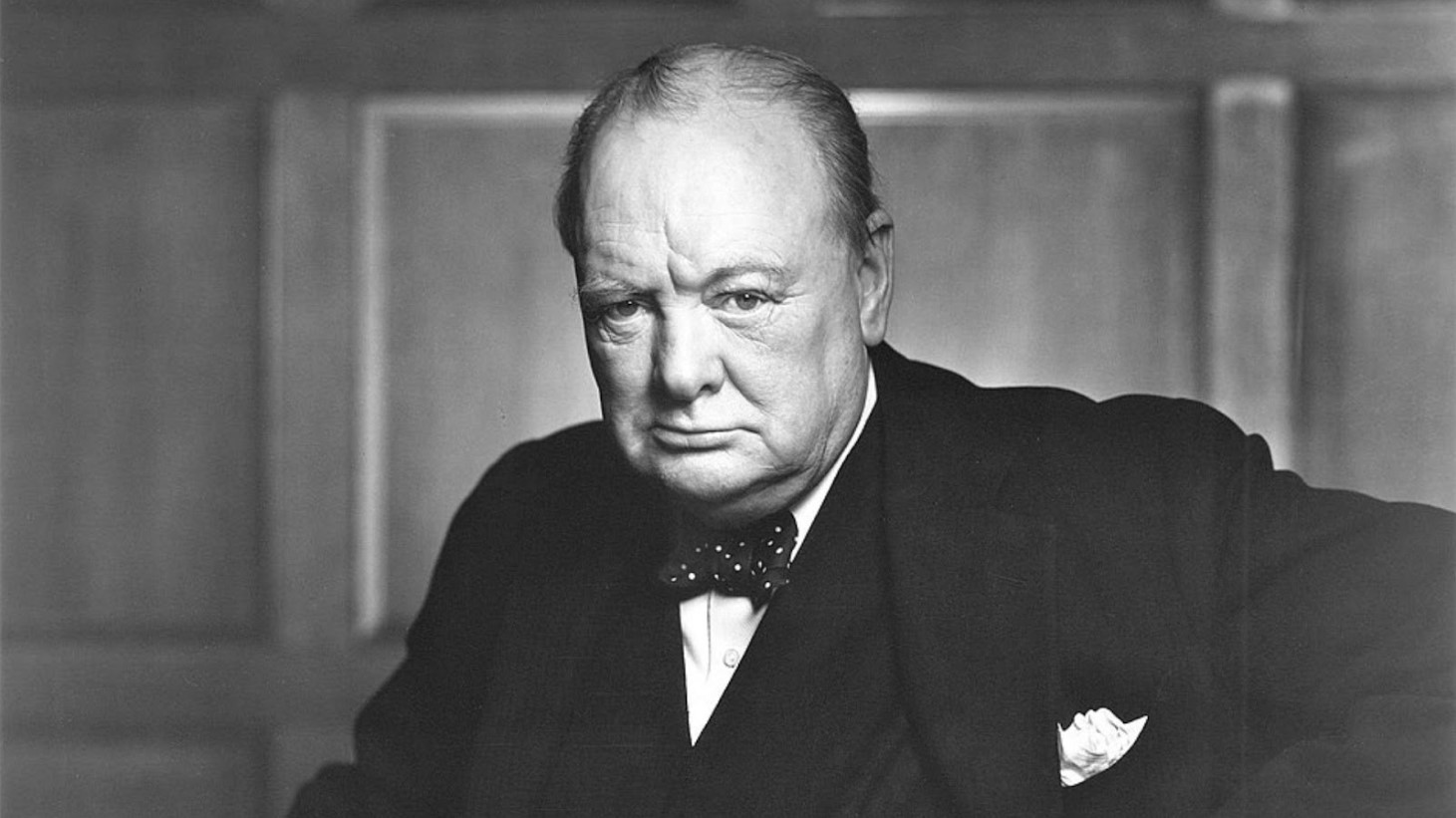
Source: Wikimedia Commons
Answer:
D) Led by Winston Churchill, Britain’s campaign to aid Russia by attacking the Ottoman Empire through the Dardanelles in Turkey ended disastrously, resulting in a retreat and heavy losses.
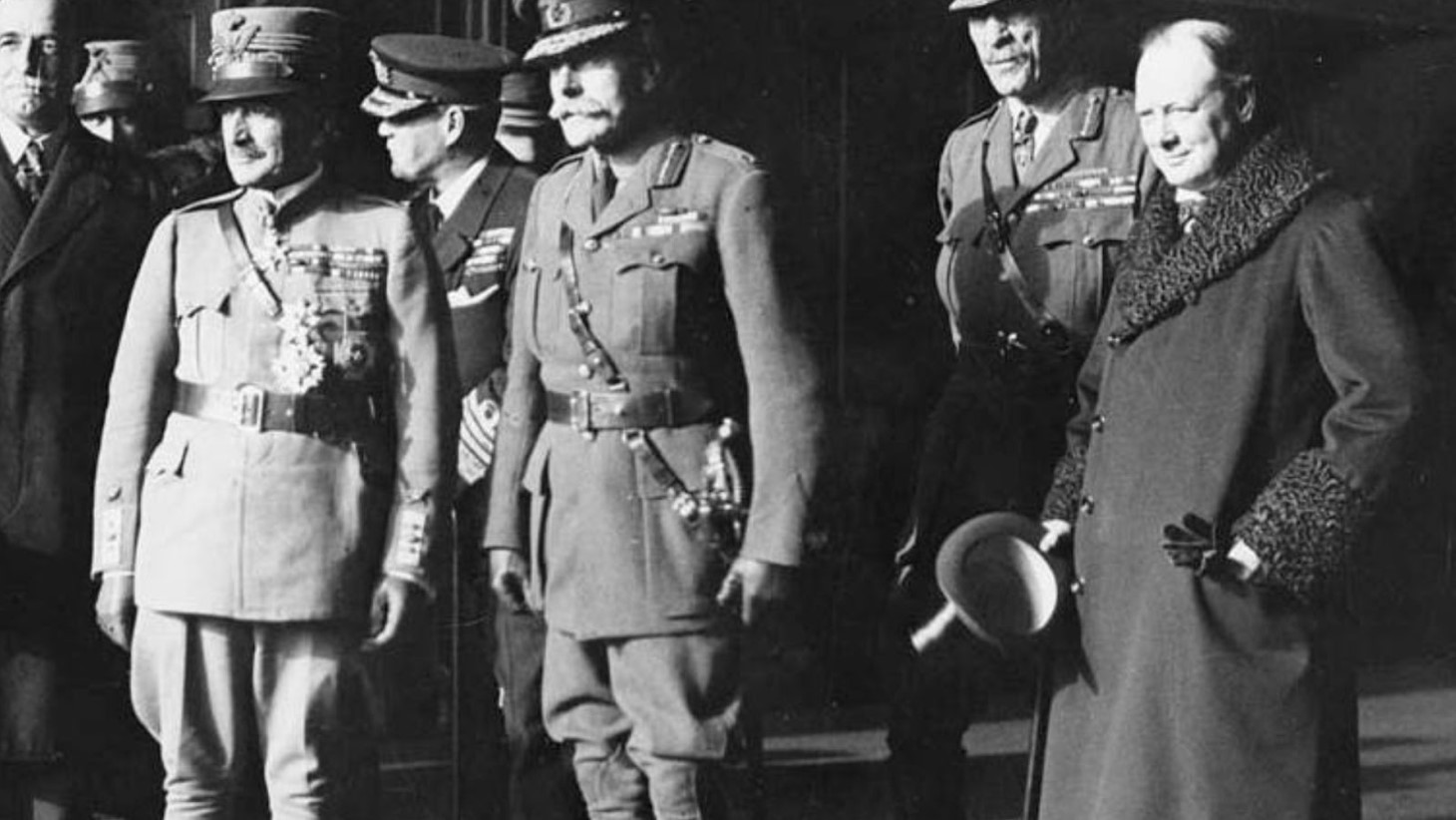
Source: Wikimedia Commons
